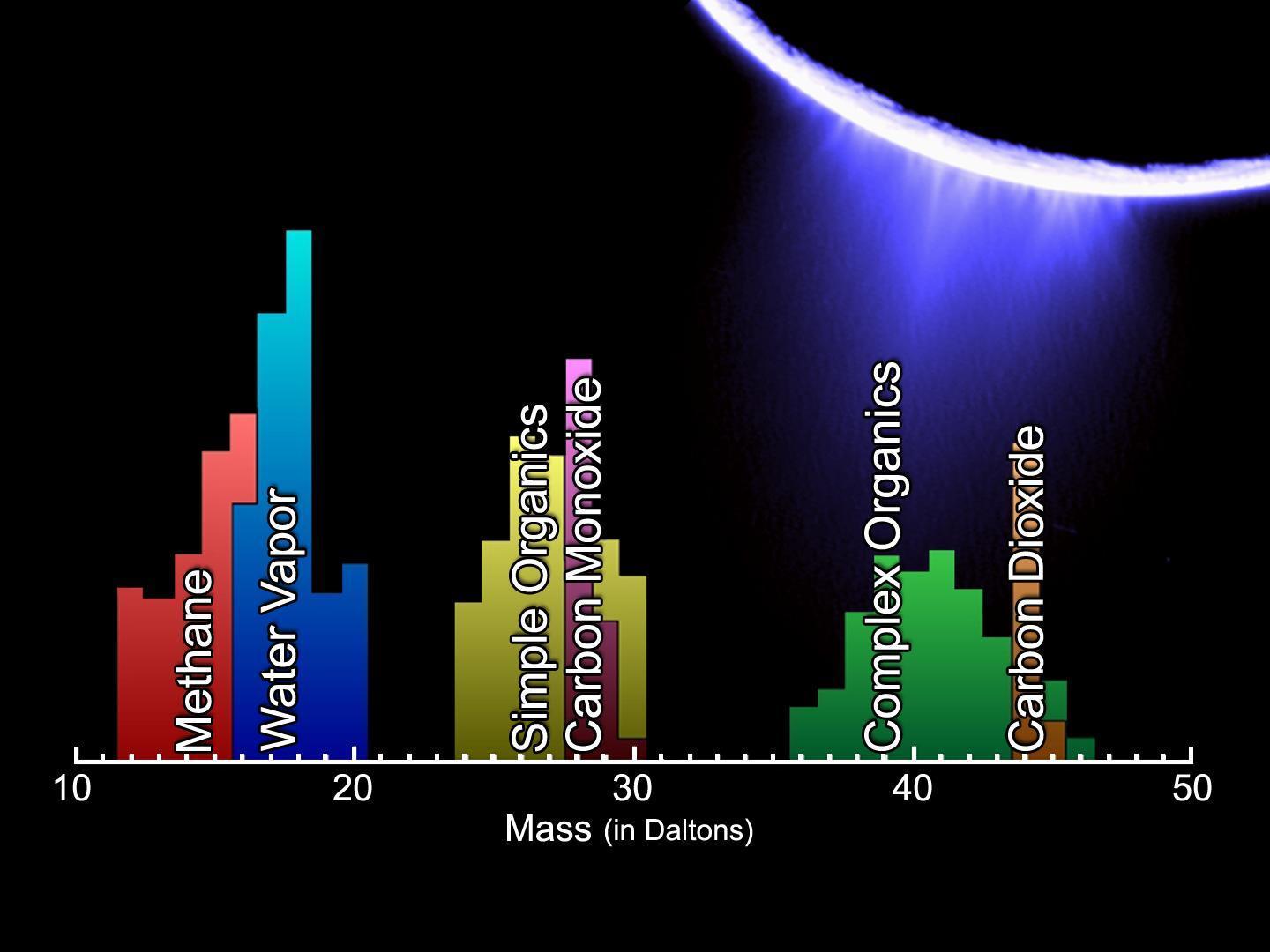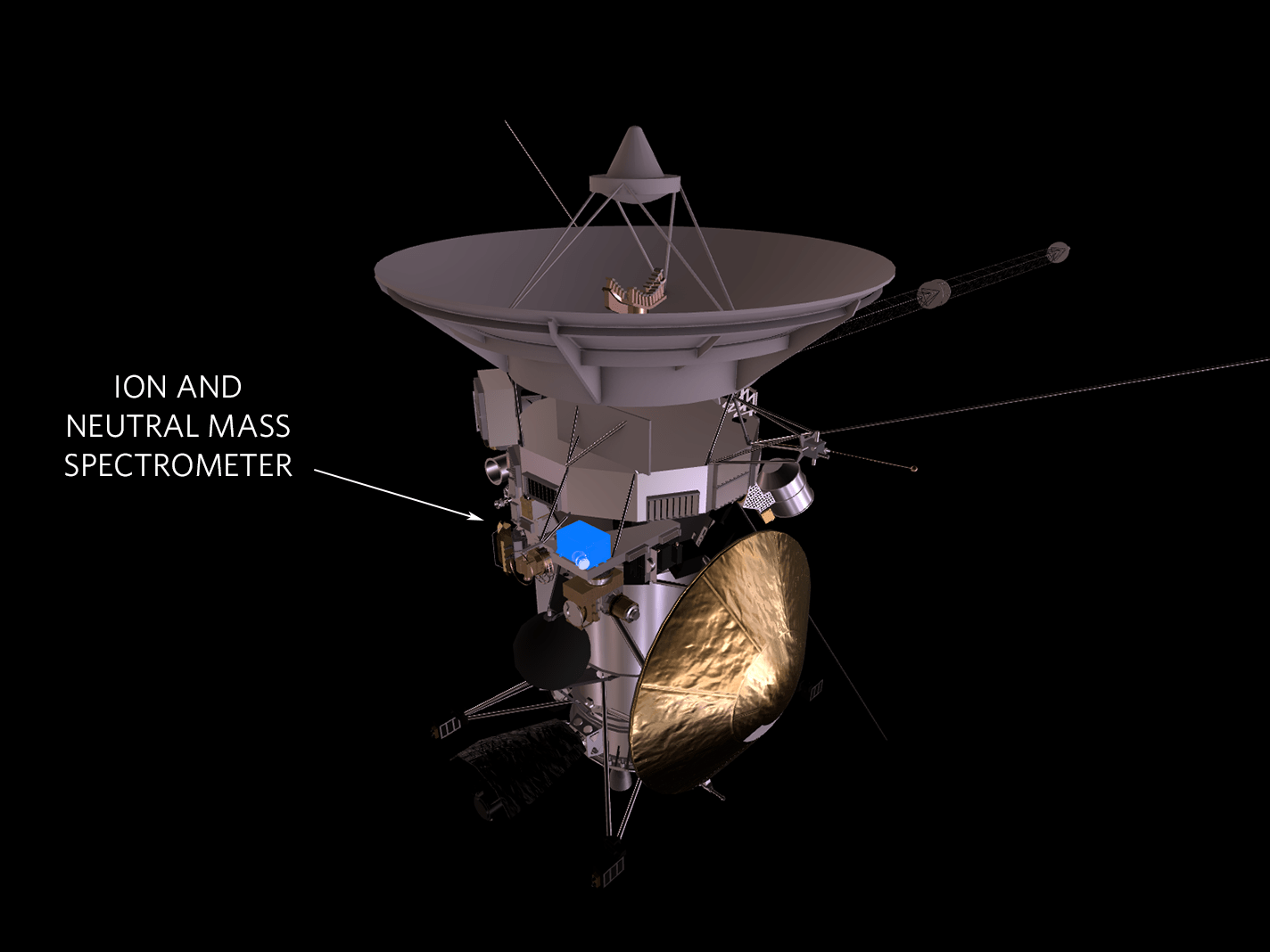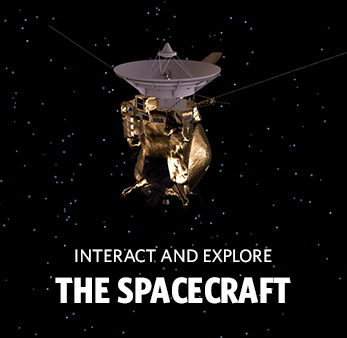
How It Worked
The Ion and Neutral Mass Spectrometer, or INMS, was capable of determining the chemical, elemental and isotopic composition of the gaseous and volatile components of the neutral particles and the low energy ions in Titan's atmosphere and ionosphere, Saturn's magnetosphere, and the ring environment.
How We Used It
The instrument collected data to determine the composition and structure of positive ions and neutral particles in the upper atmosphere of Titan and the magnetosphere of Saturn. It also measured the positive ion and neutral environments of Saturn's rings and icy moons.

At a Glance
- Mass (current best estimate) = 9.25 kg
- Average Operating Power (current best estimate) = 27.70 W
- Average Data Rate (current best estimate) = 1.50 kilobits/s
Cassini Orbiter Instruments
They surveyed and sniffed, analyzed and scrutinized. They took stunning images in various visible spectra. Cassini's 12 science instruments were designed to carry out sophisticated scientific studies of Saturn, from collecting data in multiple regions of the electromagnetic spectrum, to studying dust particles, to characterizing Saturn's plasma environment and magnetosphere.
Optical Remote Sensing
Mounted on the remote sensing pallet, these instruments studied Saturn and its rings and moons in the electromagnetic spectrum.
Fields, Particles and Waves
These instruments studied the dust, plasma and magnetic fields around Saturn. While most didn't produce actual "pictures," the information they collected is critical to scientists' understanding of this rich environment.
Microwave Remote Sensing
Using radio waves, these instruments mapped atmospheres, determined the mass of moons, collected data on ring particle size, and unveiled the surface of Titan.






